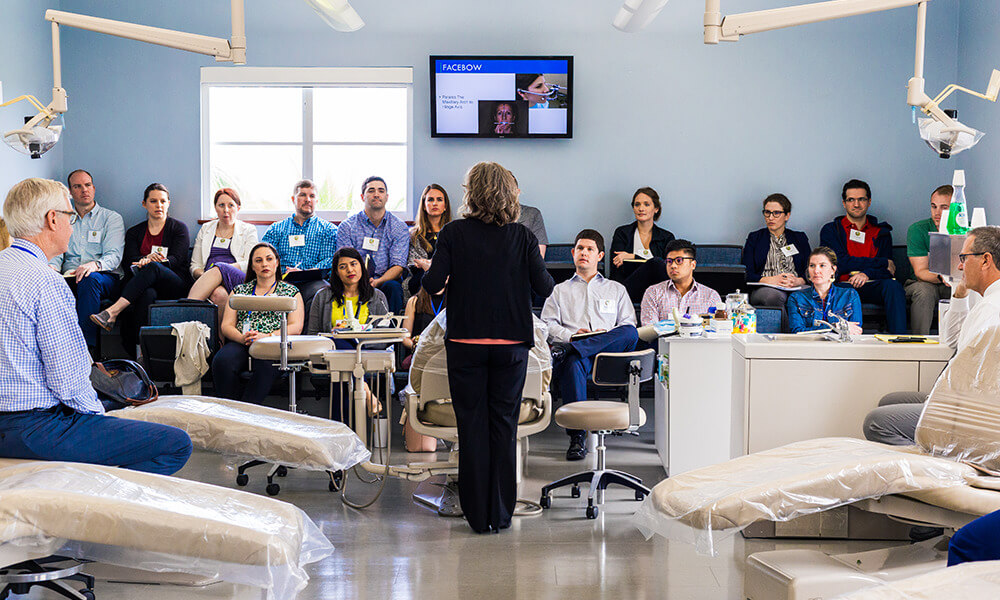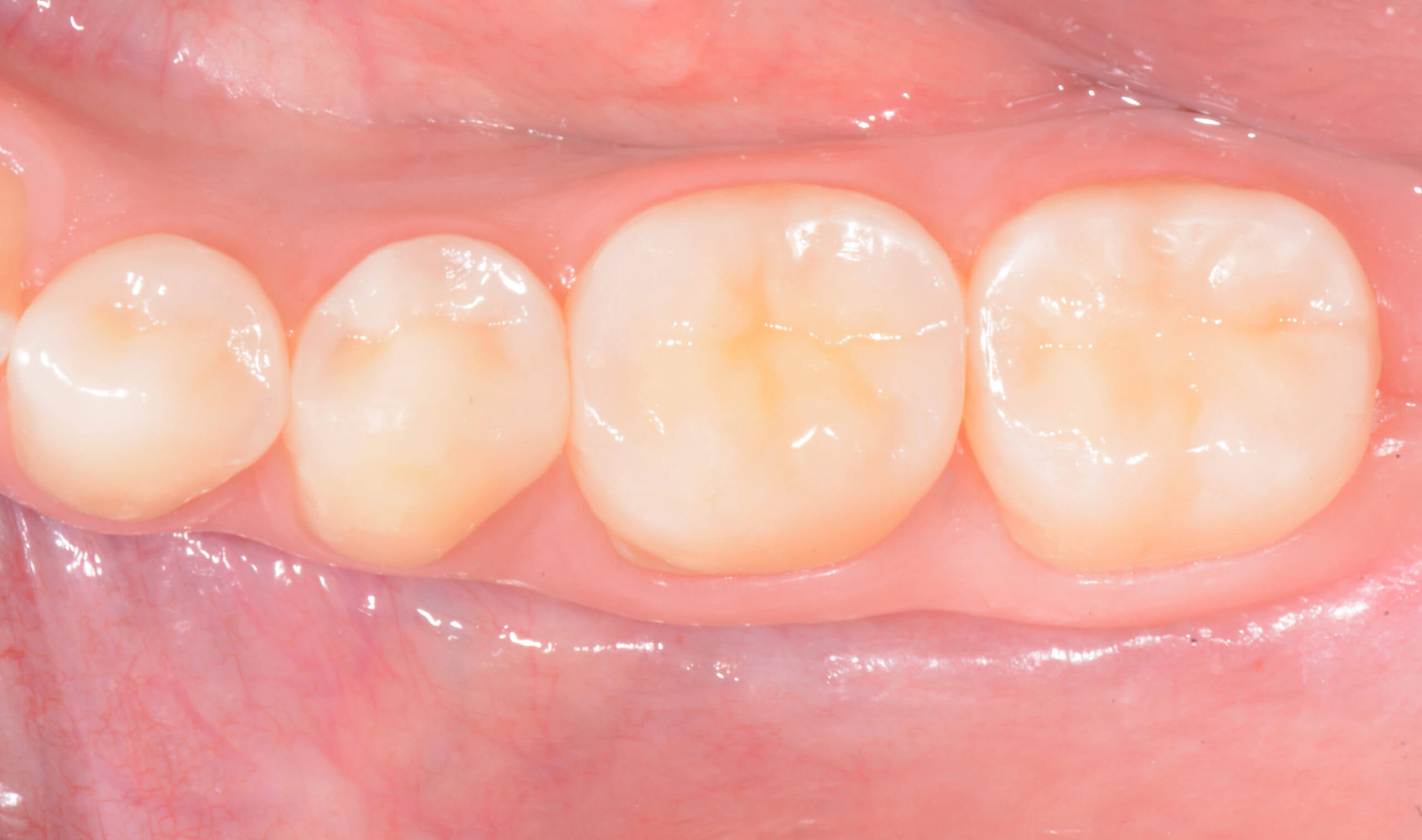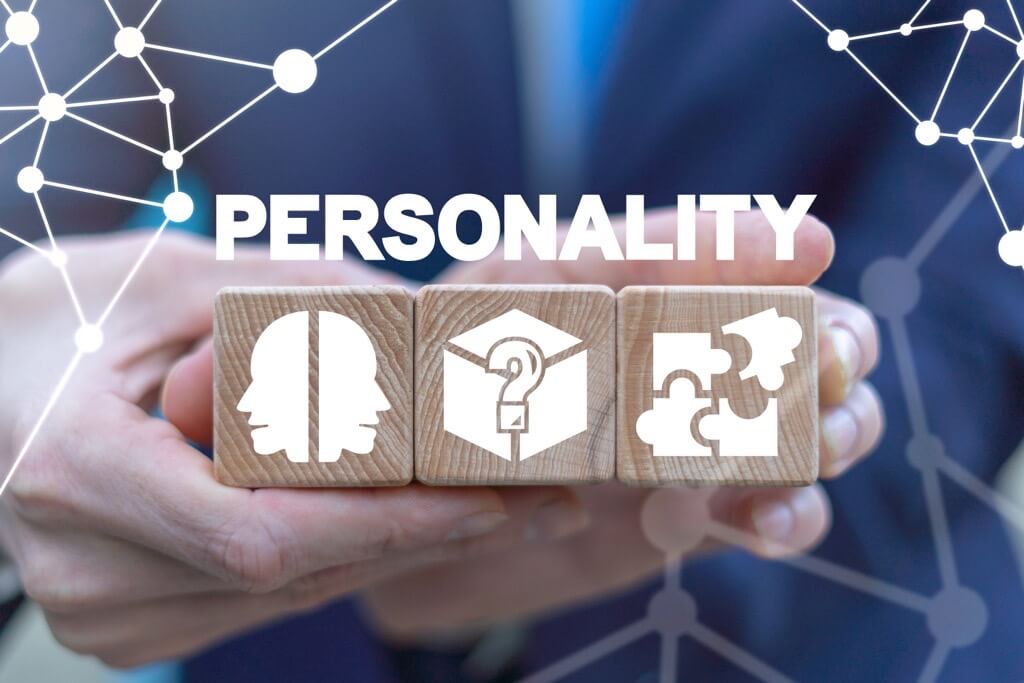Learning the Essentials
In his recent book Subtract–The Untapped Science of Less, University of Virginia professor of design Dr. Leidy Klotz points out many instances where we allow ourselves to be overwhelmed with information and complexity. He argues and demonstrates that subtracting the extraneous often leads to greater clarity and efficiency.
Reading Klotz’s book, brought to my mind the Pankey Institute’s Essentials continuum that begins with Essentials 1 (E1). Dentists arrive at E1 overloaded with information taught in their dental schools and other CE programs. All that information may have some value but the role of the Essentials courses is to subtract the extraneous and focus on what is essential.
We arrive at E1 thinking everything is important, and we discover that there are essential elements of dentistry that are key to effectively working with patients, performing a complete exam, diagnosis, and technically excellent, predictable care. From these key elements, we can build practice systems that are clear and efficient.
What Is Essential?
We aren’t born with complete wisdom like Athena born from the forehead of Zeus. We learn wisdom (what is essential) faster by being in the company of others who have traveled the same road, asking, “What is essential? What do I NEED to know?”
The Pankey Essentials continuum exposes dentists to the clinical, behavioral, and financial aspects of practice. And goes beyond exposure to exercises and exploration. The courses invite dentists to understand themselves, their patients, and their work exceptionally well. The courses invite dentists to focus on and develop essential skills.
Our profession has undergone a technological explosion over the past few years. Some of this is wonderful. But how much of what we invest in are we fully utilizing? What is the best technology to invest in? What is the best way to implement it? The Institute’s faculty help us cut through the clutter and determine what works best…what we can implement with our teams and patients that will improve our dentistry and the patient experience. But first, the Essentials courses peel away the layers of hype and technology to help us grasp the core skills we must attain.
The core skills are behavioral as well as technical. And because the behavioral aspects of dentistry are not discussed to great extent in dental school curriculums, one of the roles of the Essentials continuum is to fill in this gap. In the Essentials courses, we learn the importance and skills of behavioral science. We learn how to most effectively lead and affectively influence. We dig deeper into understanding ourselves and our patients…our emotions, our motives. We discuss the behavioral concepts that were taught by Dr. L. D. Pankey because they remain valid today. These concepts are straightforward and help us develop lifelong patient relationships and personal skills.
The business aspects of dental practice are overwhelming. Dental schools do not have time to teach business essentials. In the Essentials, dentists learn essential financial skills such as how to understand their financial statements. If we are not making a profit in our practice we can’t stay in business.
Self-Examination
When I first attended an Essentials course (then called C-1), I worried that I might not know enough. I discovered that I knew a great deal but I had not clearly defined what was essential. I learned I needed to be more assertive about asking myself why questions. For example, I found myself asking:
- Why am I doing this? Does this step add value to the final result?
- Why is my final result not stress free and predictable? What step did I miss?
- Why am I “telling” my patients rather than “asking” for their input and values?
An Intentional, Essential Community of Support
The Essentials faculty and my fellow students helped me understand that getting rid of what is not needed is not simple. Determining what is essential and building my practice systems around the essentials takes time, thought, and effort but was made easier for me because I had the help and constant encouragement of the Pankey faculty and community in shaping my approach to dentistry and my career.
My friend and colleague Dr. Richard A. Green has always said, “Intentionally becoming both more affective and more effective is essential to excellent patient care.” So often we intend to do something but don’t have the encouragement we need to remain intentional. As my friend and colleague Dr. Barry Polansky says, “We humans tend to slip, slide away. It is by developing habits intentionally and self-checking our assumptions that we stay alert to the possibilities of how we can become more.”
Related Course
E2: Occlusal Appliances & Equilibration
DATE: February 9 2025 @ 8:00 am - February 13 2025 @ 2:30 pmLocation: The Pankey Institute
CE HOURS: 44
Dentist Tuition: $ 7400
Single Occupancy with Ensuite Private Bath (per night): $ 345
THIS COURSE IS SOLD OUT What if you had one tool that increased comprehensive case acceptance, managed patients with moderate to high functional risk, verified centric relation and treated signs…
Learn More>























